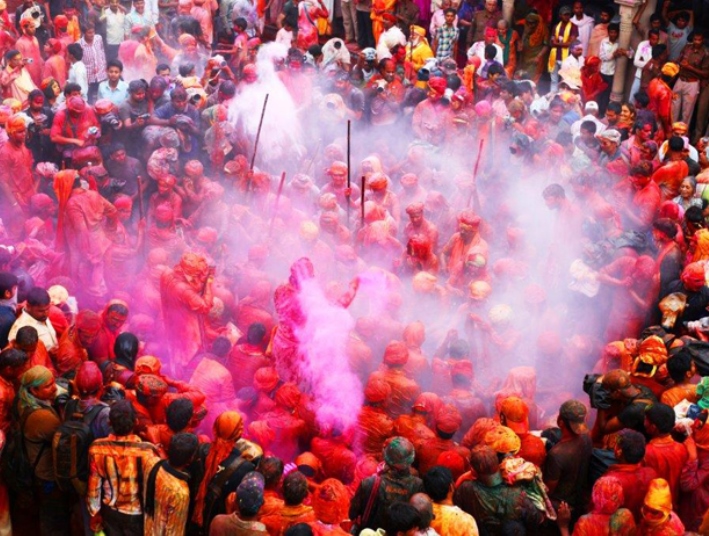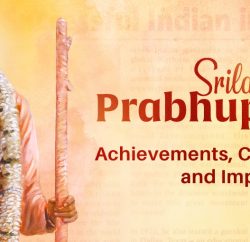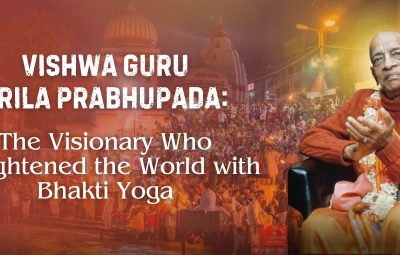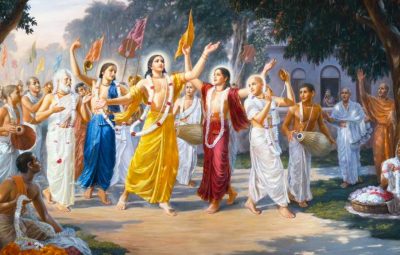As icy winds and fog in North India force people to stay indoors, residents of Vrindavan and surroundings, shedding all fear of the cold are ready to be drenched in the fifty-day Braj Bhumi Holi, which begins every year on Vasant Panchami in January.

Holi is one of the auspicious and important festivals that are celebrated with colors mainly in Northern and Western parts of India, besides Nepal and Pakistan too. It is a religious festival of Hindus and known as festival of colors. It is also known as Vasant Utsav meaning Spring Festival in the Eastern parts of India. It is celebrated with great enthusiasm in Braj Bhoomi – Mathura, Vrindavan, Nandagaon and Barsana locations connected to Lord Krishna’s pastimes. It is the most important tourist centre during this festival. People visit here to enjoy the great festival and also to be blessed by this sacred region.
In other parts of the country the festival of Holi is of two days but in Braj Bhumi, Holi is played non-stop for fifty days starting from Vasant Panchami, celebrating the event of playing of Holi between Radha Rani and Sri Krishna. The government here puts in place heavy security arrangements in place ahead of the occasion as the festivities of colours will start in different temples of Braj Bhumi.
In most of the temples of Braj, gulaal (colours in powdered or liquid form) is first placed on the lotus feet of Lord Krishna and then dispersed in the air in such a manner so as to fall on the assembled devotees.
The principal Deity of Krishna at Krishna Janmasthan will be adorned with a yellow dress and gulaal would be then tossed on the devotees at the time of shringar darshan at Keshav Deo temple. The Braj Bhumi Holi will be observed in all the ancient temples, like Banke Bihari, Dwarkadhish and Daan Ghati temples.

Origin of Holi
Holi means – burning. There are many legends related to this festival and a well-known one is connected to the demon king, Hiranyakashipu who was an enemy of Lord Vishnu and wanted to take revenge for his brother Hiranayaksha’s death – who was killed by Lord Vishnu when in ‘Varaha-avatar’ while bringing the Earth out of the water.
Hiranyakashipu was blessed with demonic qualities – ego, pride, etc. He ruled a major part of the Earth and passed a strict rule to worship him as the Lord and not Vishnu. But his wish was never fulfilled as his own son Prahlada was an ardent devotee of Lord Vishnu. He refused to worship his father Hiranyakashipu as God. Hiranyakashipu attempted several ways to execute Prahlada but he was saved by Lord Vishnu every time. When all his attempts failed, then his sister Holika, who was blessed by the boon that fire would not harm her, suggested she would enter a blazing fire carrying Prahlada. This time also Lord Vishnu saved Prahlada’s life and Holika was burnt in that fire. People played with the ashes of that pyre by throwing it on each other and thereby celebrating the victory of good over evil. Now that day is celebrated as Dhulendi or Holi.
Most people observe a fast to pay respect to Lord Vishnu on Holi – on Full Moon of Phalguna month. On this day, Holika is burnt on a pyre. Other than for glorifying Lord Vishnu and Prahlada it is also celebrated for eternal peace throughout the year.
Holi Celebration
Celebration of the Holi festival differs from place to place. In Barsana, Holi is famous as Lathmaar Holi where women chase and ‘beat’ men with sticks. The Baithki Holi, the Khari Holi and the Mahila Holi which starts from Vasant Panchami begin with classical songs based on ragas sung by Holiyaars. Holi is played with natural colours made from flower extracts, water and ash.
Apart from that, this day is observed by fasting for different purposes too. Ashok Vrat is for keeping peace and prosperity for the coming generations, Lakshmi Narayana Vrat for prosperity, Koorchavrat for eliminating bad karmas done earlier.

In all, this day is observed for welcoming the new season, offering the new harvest and victory of good over evil by all throughout. There is certain type of happiness spread all over by colors that are extended throughout – to the sky.










